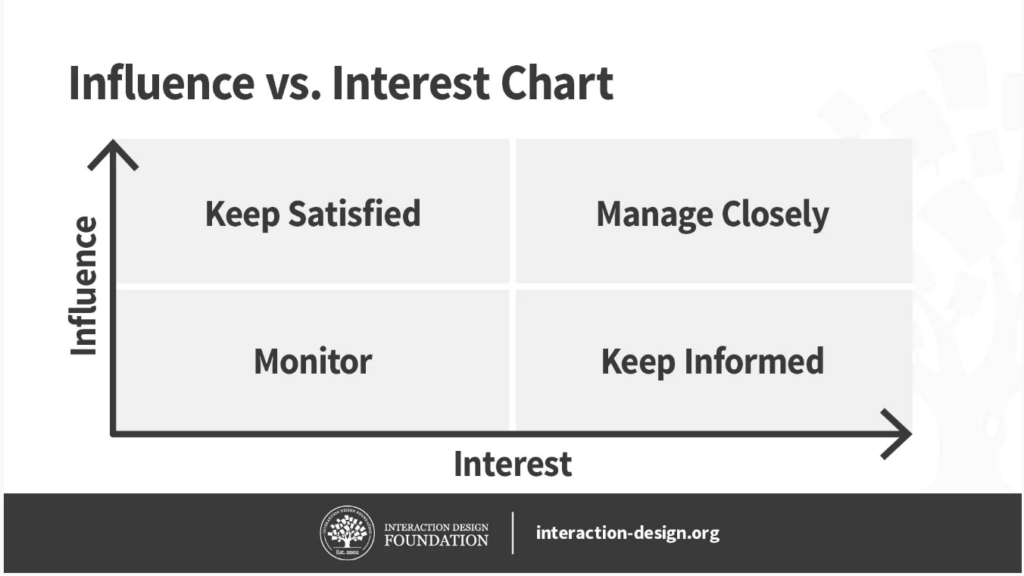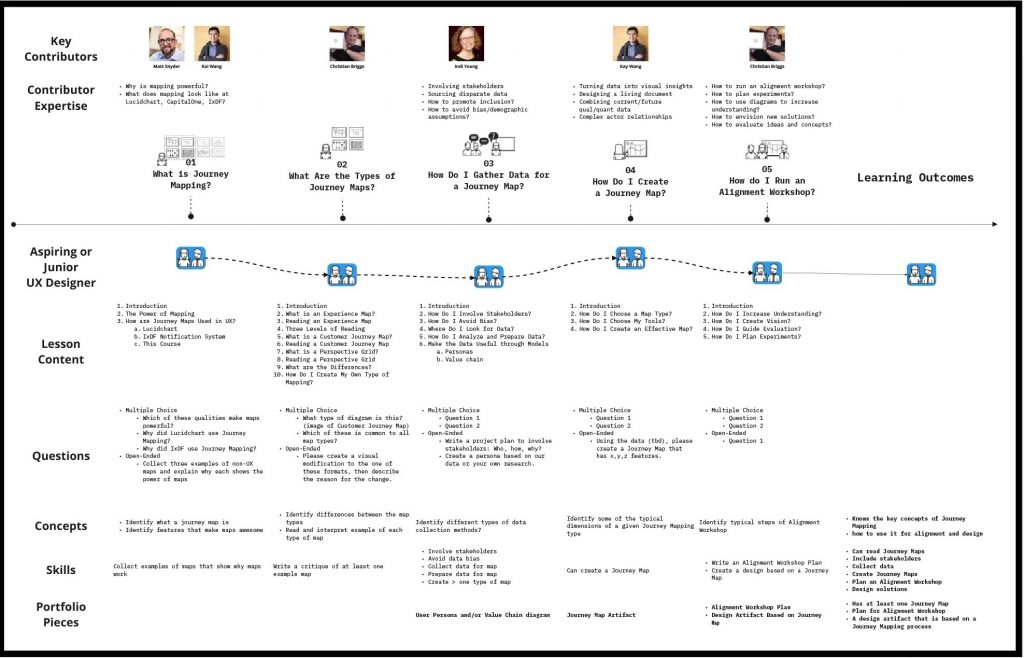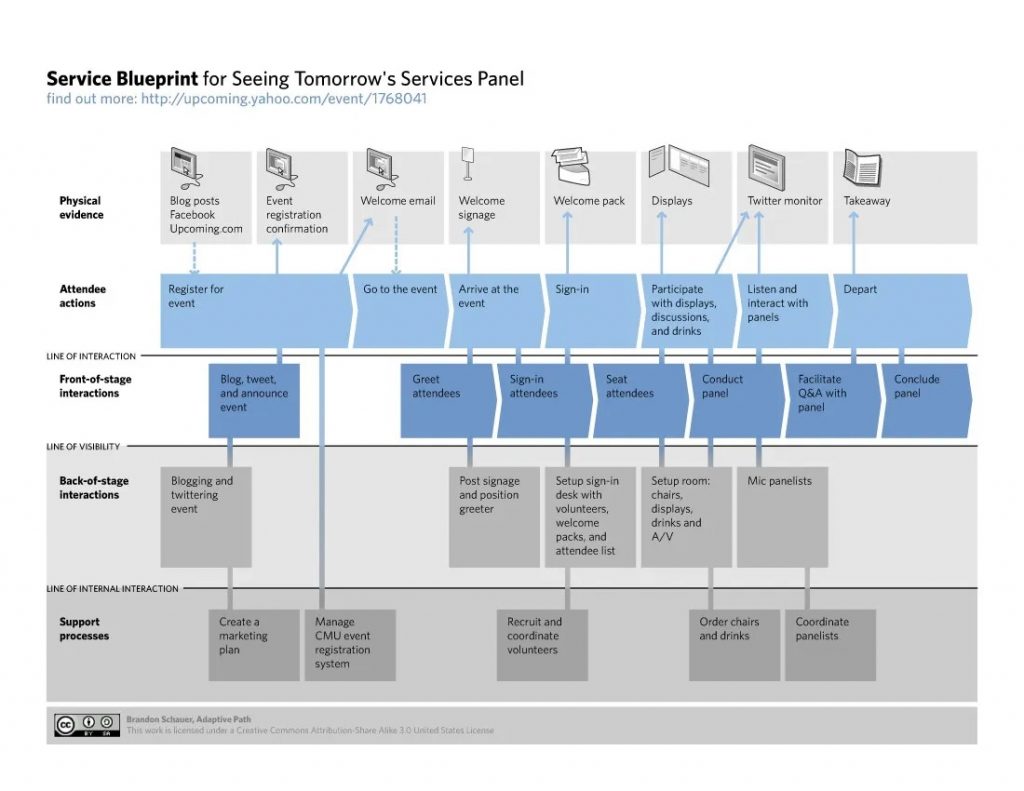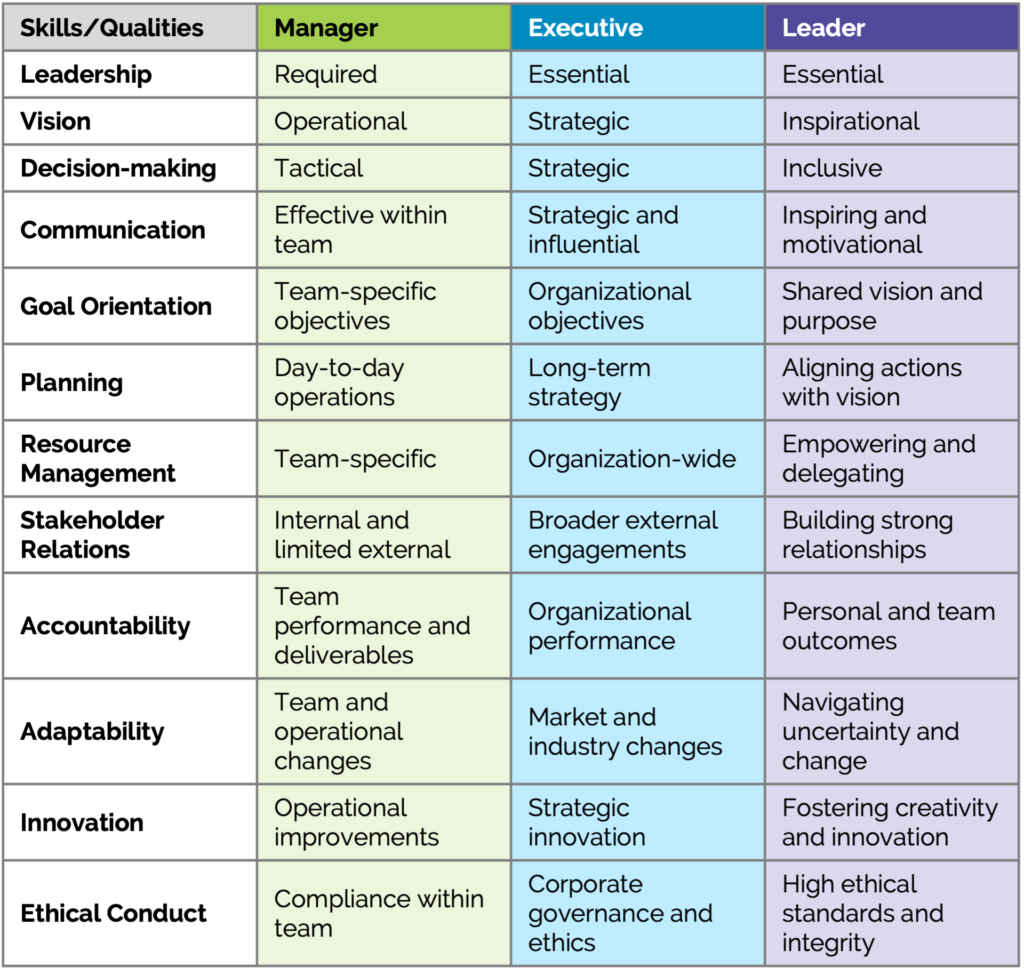(including one that makes Radical Innovation easy)

GUEST POST from Robyn Bolton
You are a rolling stone, and that means you gather no moss! You read the September issue of HBR (and maybe last week’s article), tossed out your innovation portfolio, and wove yourself an innovation basket to “differentiate the concept from finance and avoid the mistake of treating projects like financial securities, where the goal is usually to maximize returns through diversification [and instead] remember that innovation projects are creative acts.”
Then you explained this to your CFO and received side-eye so devastating it would make Sophie Loren proud.
The reality is that the innovation projects you’re working on are investments, and because they’re risky, diversification is the best way to maximize the returns your company needs.
But it’s not the only way we should communicate, evaluate, and treat them.
Different innovation basket views for different customers
When compiling an innovation basket, the highest priority is having a single source of truth. If people in the organization disagree on what is in and out of the basket, how you measure and manage the portfolio doesn’t matter.
But a single source of truth doesn’t mean you can’t look at that truth from multiple angles.
Having multiple views showing the whole basket while being customized to address each of your internal customer’s Jobs to be Done will turbocharge your ability to get support and resources.
The CFO: What returns will we get and when?
The classic core/adjacent/transformational portfolio is your answer. By examining each project based on where to play (markets and customers) and how to win (offerings, profit models, key resources and activities), you can quickly assess each project’s relative riskiness, potential return, time to ROI, and resource requirements.
The CEO: How does this support and accelerate our strategic priorities?
This is where the new innovation basket is most helpful. By starting with the company’s strategic goals and asking, “What needs to change to achieve our strategy?” leadership teams immediately align innovation goals with corporate strategic priorities. When projects and investments are placed at the intersection of the goal they support, and the mechanism of value creation (e.g., product, process, brand), the CEO can quickly see how investments align with strategic priorities and actively engage in reallocation decisions.
You: Will any of these ever see the light of day?
As much as you hope the answer is “Yes!”, you know the answer is “Some. Maybe. Hopefully.” You also know that the “some” that survive might not be the biggest or the best of the basket. They’ll be the most palatable.
Ignoring that fact won’t make it untrue. Instead, acknowledge it and use it to expand stakeholders’ palates.
Start by articulating your organization’s identity, the answers to “who we are” and “what we do.”
Then place each innovation in one of three buckets based on its fit with the organization’s identity:
- Identity-enhancing innovations that enhance or strengthen the identity
- Identity-stretching innovations that “do not fit with the core of an organization’s identity, but are related enough that if the scope of organizational identity were expanded, the innovation would fit.”
- Identity-challenging innovations that are “in direct conflict with the existing organizational identity.”
It probably won’t surprise you that identity-enhancing innovations are far more likely to receive internal support than identity-challenging innovations. But what may surprise you is that core, adjacent, and transformational innovations can all be identity-enhancing.
For example, Luxxotica and Bausch & Lomb are both in the vision correction industry (eyeglasses and contact lenses, respectively) but have very different identities. Luxxotica views itself as “an eyewear company,” while Bausch & Lomb sees itself as an “eye health company” (apologies for the puns).
When laser-vision correction surgery became widely available, Bausch & Lomb was an early investor because, while the technology would be considered a breakthrough innovation, it was also identity-enhancing. A decade later, Bausch & Lomb’s surgical solutions and ophthalmic pharmaceuticals businesses account for 38% of the company’s revenue and one-third of the growth.
One basket. Multiple Views. All the Answers.
Words are powerful, and using a new one, especially in writing, can change your behavior and brain. But calling a portfolio a basket won’t change the results of your innovation efforts. To do that, you need to understand why you have a basket and look at it in all the ways required to maximize creativity, measure results, and avoid stakeholder side-eye.
Image Credit: Pixabay
![]() Sign up here to get Human-Centered Change & Innovation Weekly delivered to your inbox every week.
Sign up here to get Human-Centered Change & Innovation Weekly delivered to your inbox every week.












